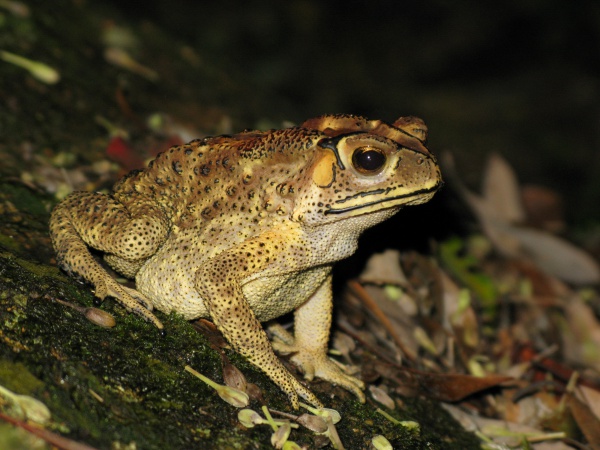Facts About Duttaphrynus melanostictus
The Duttaphrynus melanostictus, commonly known as the Asian common toad, is a species prevalent throughout South and Southeast Asia. These toads can grow up to 20 cm long and typically breed during the monsoon season. They possess distinctive features such as bony ridges on their heads, short snouts, and prominent ear drums. You can spot them in diverse habitats including rivers, ponds, and even in human settlements, where they prey on invertebrates like scorpions.
The Asian common toad has an extensive range, stretching from Pakistan to Malaysia and several surrounding islands. They favor disturbed lowland areas and are seldom seen in dense forests. However, they have also been introduced to regions like Madagascar, Indonesia, and Australia, raising concerns about their impact on local ecosystems. In Madagascar, the toad poses a significant threat to native wildlife due to its toxic secretions and the lack of natural predators.
In Australia, the Asian common toad has been listed among the "10 most unwanted" species due to the potential environmental damage it could inflict. The toad's toxins are harmful to native predators, prompting calls for the Australian government to enhance quarantine measures to prevent the toad from establishing itself. Recent sightings of this toad in Australia highlight the urgent need for a comprehensive strategy to manage and control its spread.
